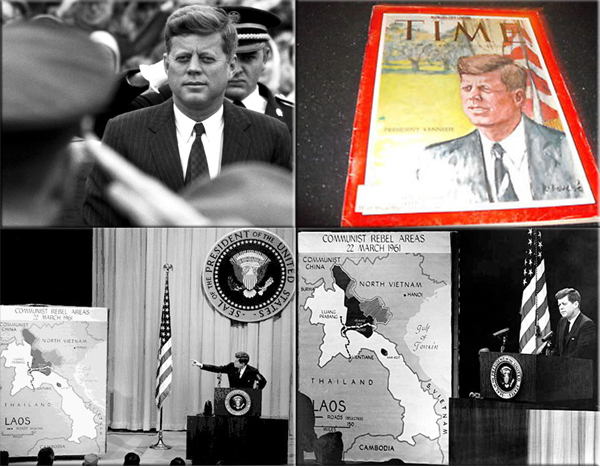
Kennedy agrees to send instructors to train troops on June 16, 1961
Kennedy agrees to send instructors to train troops: Following a meeting between President John F. Kennedy and South Vietnam envoy Nguyen Dinh Thuan, an agreement is reached for direct training and combat supervision of Vietnamese troops by U.S. instructors. South Vietnamese President Ngo Dinh Diem had earlier asked Kennedy to send additional U.S. troops to train the South Vietnamese Army.
U.S. advisers had been serving in Vietnam since 1955 as part of the U.S. Military Assistance Advisory Group. There would be only 900 U.S. military personnel in South Vietnam at the end of 1961, but in accordance with President Kennedy’s pledge to provide American military assistance to South Vietnam, the number of U.S. personnel rose to 3,200 by the end of 1962. The number would climb until it reached 16,000 by the time of President Kennedy’s assassination in November 1963.
History Channel / JFK Library, Vietnam / National Archives (Vietnam War in Photos) / The Atlantic (Vietnam War in Photos) / PBS / Encyclopedia Britannica / Wikipedia
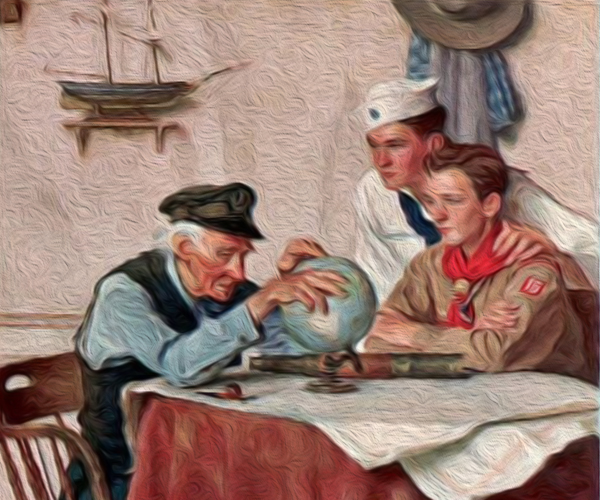
Understanding Military Terminology - Identification, Friend or Foe
(DOD) A device that emits a signal positively identifying it as a friendly. Also called IFF. See also air defense. Joint Airspace Control (Joint Publication 3-52)
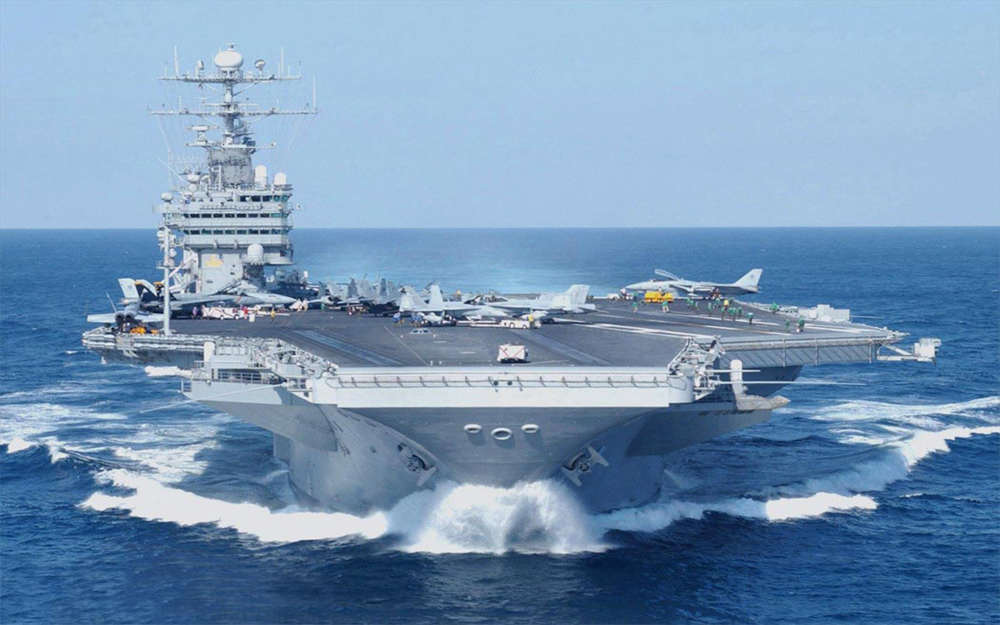
The Old Salt’s Corner
Air Wing Organization
If assigned to a carrier or other vessel with embarked aircraft, it is important to familiarize yourself with their organization. It mirrors to a large extent, the ship’s organizational structure. The embarked aircraft squadrons retain their corporate identity and basic organization, but each squadron also supplies specific personnel, such as ship mess cooks, stewards, and laundry, to various departments listed above.
1. Air Wing Commander (CAG)
The CAG is directly responsible for the operational readiness and tactical performance of the air wing. He is responsible for the coordination and supervision of all activities of the embarked squadrons and detachments, and for the material readiness, communications, and intelligence functions of the air wing. The CAG does not fall directly under the carrier’s commanding officer. Rather, he is a co-commanding officer. Both the carrier CO and CAG report to the composite warfare commander under the CWC concept discussed earlier.
2. Deputy Air Wing Commander
The primary duty of the Deputy CAG is to assist the CAG, acting in effect as his executive officer. The Chief of Staff will ensure the activities and functions of the CAG staff adhere to the desires of the CAG.
3. Operations Officer
Responsible for supervising the training, operations, and readiness of all air wing squadrons. The Operations Officer standardizes operational procedures between squadrons, coordinates and develops operational contingency plans, and supervises the execution of those plans.
4. USW Operations Officer
Responsible for USW operations conducted by air wing assets. The USW Operations officer provides advice on the operational employment and training of the air wing USW squadrons.
5. Air Intelligence Officer
The Air wing Intelligence Officer is responsible for the collection, preparation, and dissemination of intelligence material needed by the CAG to plan and execute operations with air assets. He also directs and supervises the Mission Planning (MP) work center of CVIC.
6. Maintenance Officer
This individual is responsible for monitoring and coordinating the maintenance of air wing assets, and ensuring all necessary equipment and spare parts required by the squadrons is available. The Maintenance Officer also reports to the CAG regarding the impact on operational readiness by maintenance and material conditions in the squadrons.
7. Weapons Officer
Advises the CAG on loading, handling, and expenditure of the weapons employed by the air wing. This individual will assist the squadrons in all matters relating to weapons handling and employment.
8. Landing Signal Officers (2)
Two LSOs are normally assigned to the air wing. They coordinate with pilots to improve recovery (i.e., landing) operations and safety awareness.
9. Flight Surgeon
The Flight Surgeon provides medical care for the officers and men of the air wing. He is tasked with keeping the CAG informed of particular medical problems affecting the air wing.
10. Carrier Air Wing Intelligence Team
This group consists of the squadron intelligence officers and intelligence specialists assigned to the squadrons in the air wing. The Air wing Intelligence Officer is the leader of this team and as such is the Mission Planning Coordinator. All squadron intelligence personnel work in CVIC when embarked. That is, they integrate into a combined CV/CVW intelligence team. The Carrier Air Wing Intelligence Team provides direct support to the air wing with cyclic event briefs/debriefs, and in-flight aids in support of exercises and/or operations. Except for the TARPS officer, the members of this team also augment the SUPPLOT. The TARPS officer normally works in the Multi-Sensor Interpretation (MSI) area of CVIC.

“I’m Just Sayin’”
Have you ever seen a toad on a toadstool?

“Thought for the Day”
“If you don't design your own life plan, chances are you'll fall into someone else's plan. And guess what they have planned for you? Not much.”
~ Jim Rohn

“What I Have Learned”
“Well done is better than well said.”
~ Benjamin Franklin

Bizarre News (we couldn’t make up stuff this good – real news story)

Among the requirements of “Visual Arts 104A” at the University of California San Diego is that, for the final exam, students would make a presentation while nude, in a darkened room.
Prof. Ricardo Dominguez (who would also be nude for the finals) told KGTV in May that a nude “gesture” was indeed required (and disclosed to students in the first class) as a “performance of self”, a “standard canvas for performance art and body art”.
After an inquiry by KGTV, the department chairman announced that nakedness would not be required for course credit--even though Prof. Dominguez said in his 11 years teaching the course, no student had ever complained before.
ABC San Diego (05/11/2015) 
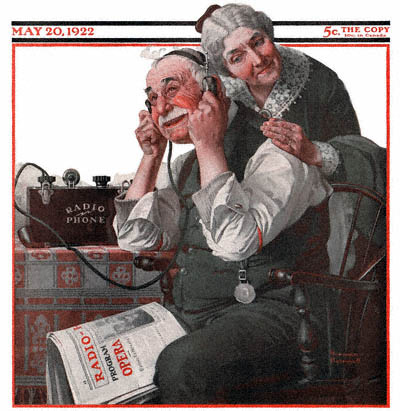
Mr. Answer Man Please Tell Us: Why do U.S. radio call letters start with W in the east and K in the west?
I'll say only this: it's no surprise the federal government was involved.
In the 19th century, ships, telegraph stations, etc., adopted call signs to aid in signaling, a practice that continued when ships and the shore stations serving them began to use radio. At first users picked their own signs, but that led to duplication. In an effort to get organized, the 1906 Berlin International Wireless Telegraph Convention declared that all ship and shore stations should have unique call signs consisting of three letters. The U.S., no doubt bridling at the thought of being told what to do by a bunch of foreigners, declined to ratify the convention until 1912, with the result that we had stations with two- or even one-letter call signs, plus many duplicates.
Fed up with this, the head of the federal Bureau of Navigation, Eugene Tyler Chamberlain, decided that an 1884 statute empowered him to assign marine-radio call letters and he proceeded to do so. Ships on the Atlantic and gulf coasts were assigned calls beginning with K, and those on the Pacific coast and Great Lakes were assigned calls beginning with W. No one knows why these letters were chosen, although Thomas speculates somewhat wanly that perhaps W stood for west. A weakness of the scheme, Thomas points out, was the existence of the Panama Canal, which permitted ships in the Atlantic to sail into the Pacific and vice versa, thus making a mess of the whole system. Still, it was progress.
In 1912 Congress empowered the Bureau of Navigation to license land stations. Official documents issued in 1913 boldly declared the government's intention of following the maritime practice of assigning W calls to stations in the west and K calls to stations in the east. Unfortunately, the instructions seem to have gotten a little scrambled on the way down to the clerks at the front desk, who proceeded to do things the opposite way, assigning K calls to land stations in the west and W calls to stations in the east. (One supposes that the Great Lakes = W thing threw everybody off.) Evidently deciding to go with the flow, the brass stated in the next year's bulletin that the Pacific coast would get W for ships and K for land stations, the Atlantic and gulf coasts would get K for ships and W for land stations, and the Great Lakes would get W for everything.
But the clerks weren't done yet. In 1920, Thomas says, “perhaps caught up in a burst of egalitarianism”, or else laboring under a misapprehension as to where the applicants were, they began assigning calls starting with KD to everybody, including the now famous KDKA in Pittsburgh. This lasted only a few months before the old W/K policy was resumed. What happened is not known, but one suspects a memo stating in essence, all right, you morons, enough is enough.
There's more. According to Thomas, the original K/W divide was not the Mississippi River, as at present, but state boundaries starting with the Texas/New Mexico line and working north. (The thinking evidently was that Texas should get W calls because it was a gulf state.) The Mississippi was established as the divide in 1923.
Early Radio History
• Algebra
• Wikipedia
• Mental Floss

Where Did That Saying Come From?
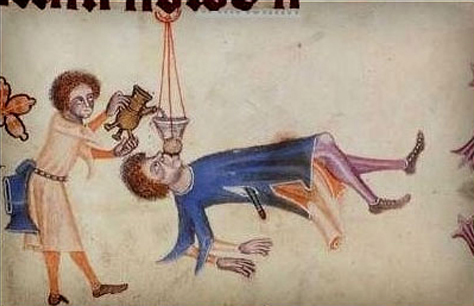
“Butt Load:” You have a butt load of wine if you have 475 liters of wine -
A “butt” was a Medieval unit of measure for wine. Technically, a buttload of wine is about 475 liters, or 126 gallons.
Reddit / Andrew Allingham Blog

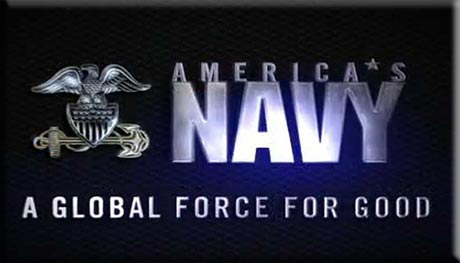
NAVSPEAK aka U.S. Navy Slang
Bubble: The trim orientation of a submarine (e.g., 5 degree up bubble). The Bubble: When someone is on the very edge of passing or failing at something, or when they are undecided, they are said to be on the bubble. Similar to riding the fence. Also refers to the ICCS, or Integrated Catapult Control System, which is the enclosed control room sticking out of an aircraft carrier's flight deck from which the catapult is operated.
Bug Juice Sunrise: Orange with a splash of Red.
Bull, aka “Bull Ensign”: the senior-most Ensign onboard a surface ship. In charge of various wardroom duties, often including mentoring the junior-most Ensign and setting up the wardroom's movie night. Originated during World War II from Admiral “Bull” Halsey's need to designate one officer to oversee wardroom functions.
BUNO: short for Bureau Number - this is a 6-digit serial number assigned to every naval aircraft when it is accepted into service. In no way related to an aircraft's 3-digit “side number”.
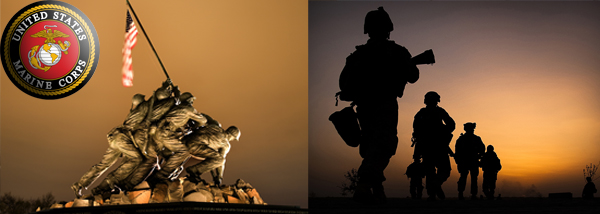
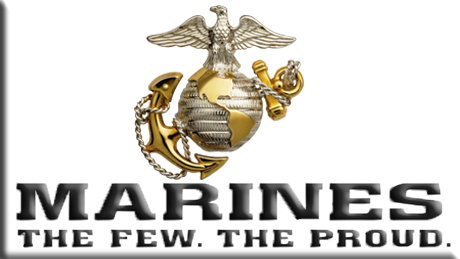
Just for you MARINE
Drownproofing: Survival swimming taught to every recruit.
Drum Major: The musician in charge of a band or musical unit. Usually elaborately dressed and carrying a baton which is used to signal changes in march and to provide a tempo to the music. Usually holding the rank of a staff noncommissioned officer. Until just after the Civil War bandsmen were unarmed and considered non-combatants except for the Drum Major who carried a sword. Marine Corps bands and Drum and Bugle Corps today remain unarmed outside of combat areas and the Drum Major wears miniature swords on the elaborate sash.
Dry Fire: Simulated rifle fire used to teach correct positions for firing on the rifle range. A shooter would be in position and a buddy would slam the bolt to the rear when he or she heard the pin forced front.
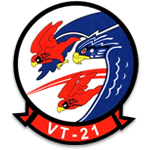
Naval Aviation Squadron Nicknames
VT-21 - Training Squadron 21: “Redhawks”
NAS Kingsville, Texas
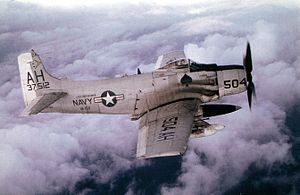
Aircraft Nicknames
AD-1 Skyraider: nicknamed “Spad”, after the French World War I fighter.
The piston-engined Skyraider was designed during World War II to meet United States Navy requirements for a carrier-based, single-seat, long-range, high performance dive/torpedo bomber.
Though the Skyraider was produced too late to take part in World War II, it became the backbone of United States Navy aircraft carrier and United States Marine Corps (USMC) strike aircraft sorties in the Korean War (1950–1953).
Skyraider production ended in 1957. In 1962, the existing Skyraiders were redesignated and later used by both the USAF and the Navy in the Vietnam War. The Official A-1 Skyraider Site / Wikipedia

The Strange, Mysterious or Downright Weird

The owners of a 3 year old Great Dane in Oregon became increasingly concerned when back in February their beloved dog began behaving oddly. He was refusing to eat and began vomiting and retching, but the owners had no idea why he was sick.
The owners decided it was time for a visit to the vet and they took the Great Dane to the DoveLewis Emergency Animal Hospital in Portland, where at vet discovered that the dog had eaten nearly 44 of his owners socks.
The Great Dane had to have surgery to remove the socks from his stomach and ultimately had 43 and 1/2 socks removed. It is unclear what happened to the other half a sock, but we are sure you can use your imagination.
The Great Dane has a made a full recovery since the incident. So, the next time that you discover a bunch of missing socks and are ready to blame it on the washer and dryer, who are well-known sock gobblers, you might want to take a look at Fido instead.
ABC News 

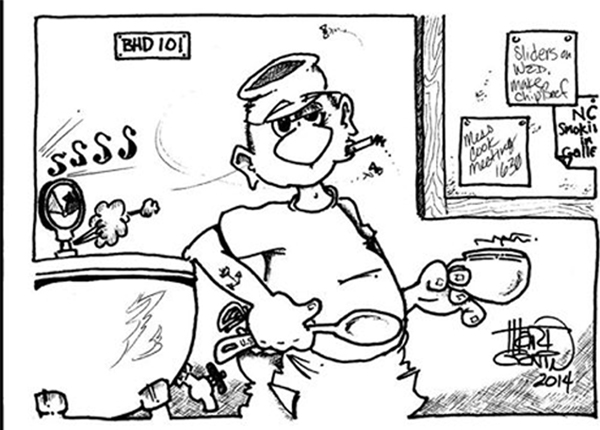
SONG FACTS
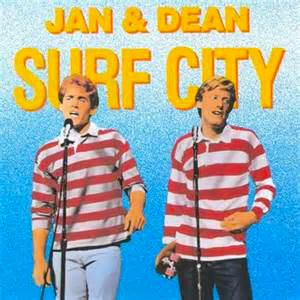
“Surf City” - Jan & Dean
Album: Surf City
Released 1963 
Brian Wilson of The Beach Boys wrote this song in collaboration with Jan Berry from Jan & Dean. It's very similar to many of the Beach Boys recordings, starting with the vocal hook “Two girls for every boy” and moving into the harmonies and chord progressions that were typical of Wilson's work.
Wilson was working with a few different artists at the time, including the girl group The Honeys  . He was extremely productive during this period, emulating Phil Spector as he focused on production and songwriting. “Surf City”
. He was extremely productive during this period, emulating Phil Spector as he focused on production and songwriting. “Surf City”  was his first #1 hit, coming a year before The Beac h Boys would top the charts with “I Get Around”
was his first #1 hit, coming a year before The Beac h Boys would top the charts with “I Get Around”  .
.
The Beach Boys met Jan & Dean in the summer of 1962 when both groups played at a teen hop. That fall, The Beach Boys served as Jan & Dean's backing group on a few live dates for the duo. As detailed in the DVD Brian Wilson Songwriter 1962 - 1969, in 1963 Jan & Dean would record in a nearby studio, and Jan Berry struck up a friendship with Wilson. When this song went to Jan & Dean, Murry Wilson, who was Brian's father and the group's manager, was furious, as he thought it should be a Beach Boys song. Undeterred, the groups continued working together, with Wilson singing on Jan & Dean's first album, and Dean Torrence doing lead vocals on The Beach Boys' “Barbara Ann”  .
.
Jan & Dean were ambassadors of the California culture in the mid-60s, scoring 11 Top-40 hits from 1963-1965, mostly dealing with surfing, girls and cars. Young people who weren't from California certainly wanted to be there after hearing this song about heading to the beach, and many of them did. Dean Torrence said in Let It Rock, 1973: “We came to look at it like we were piloting a boat. We'd pull all these manoeuvers and then slow down and wait for our following to come around. It was strange to think, that at one time, you could go out to Mallibu and there'd be nobody out there. Then, one day - whoosh! so crowded you couldn't even get in the water. And in some way we all were the cause of that whole situation.”
Brian Wilson's first draft of the song had a working title of “Goody Connie Won't You Come Back Home”.
Jan & Dean official site / All Music / Billboard / Song Facts / Wikipedia
Image: “Surf City (album)” by Jan and Dean

Trivia
● Orson Welles' last role was the voice of “Unicron” in the 1986 Transformers movie.
● The first Major League Baseball stadium to feature a live organist was Chicago’s Wrigley Field in 1941.
● Wrigley's gum was the first product with a bar code to be scanned at a supermarket.

A Test for People Who Know Everything
New York Tribune founder Horace Greeley is best known for saying, “Go West, young man.” Problem is, he didn’t say it. Who did?
● Answer for People Who Do Not Know Everything, or Want to Verify Their AnswerWikipedia
Answer to Last Week's Test
What is the real name of The Riddler from the comic’s Batman series?
Answer: Edward Nigma (that would be E. Nigma)Wikipedia

Joke of the Day
Recently a teacher, a garbage collector, and a lawyer wound up together at the Pearly Gates. St. Peter informed them that in order to get into Heaven, they would each have to answer one question.
St. Peter addressed the teacher and asked, “What was the name of the ship that crashed into the iceberg? They just made a movie about it.”
The teacher answered quickly, “That would be the Titanic.”St. Peter let him through the gate.
St. Peter turned to the garbage man and, figuring Heaven didn't really need all the odors that this guy would bring with him, decided to make the question a little harder: “How many people died on the ship?”
Fortunately for him, the trash man had just seen the movie. “1,228”, he answered.
“That's right! You may enter.”
St. Peter turned to the lawyer. “Name them.”


























